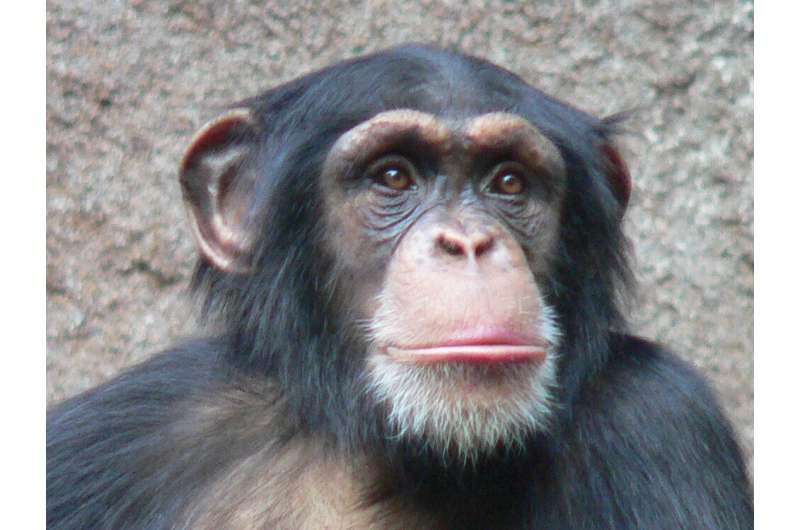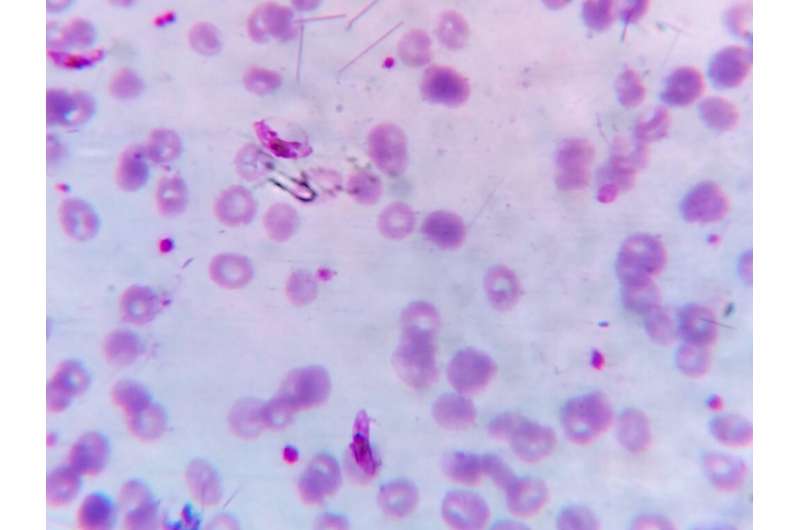This article has been reviewed according to Science X's editorial process and policies. Editors have highlighted the following attributes while ensuring the content's credibility:
fact-checked
peer-reviewed publication
trusted source
proofread
Some primates are more susceptible to parasites than others, and researchers are using new methods to find out why

Fleas, tapeworms, Giardia, pinworms: Parasites are all around us. But some animals are more susceptible than others. Take the well-studied chimpanzee, for example: it's known to host over 100 parasites. In contrast, species like the indri, a lemur only found on Madagascar, are only known to host about 10 parasites. Many other primates are so poorly studied that only one parasite has ever been recorded.
In a new study published in the Journal of Animal Ecology, we examined which traits of both primates and parasites predict the likelihood of their interactions. Using advanced techniques in social network analysis, called the exponential random graph, we were able to simultaneously test the traits of primates and parasites to determine what predisposes primates to infection and what gives some parasites a unique advantage.
For primates, larger species that are found in warmer, wetter climates are more likely to host diverse parasites, compared to smaller species living in drier, cooler climates. Further, species in the same branches of the evolutionary tree and those that live in the same geographic region are more likely to share parasites than more distantly related species found on different continents.
Viruses, protozoa, and helminth worms are more likely to infect diverse primates than fungi, arthropods, and bacteria. Parasites that are known to infect non-primate mammals are also more likely to infect diverse primates.

These new results were made possible by the great advances being made in infectious disease ecology. Over the last two decades, Dr. Charles Nunn at Duke University's Evolutionary Anthropology and Global Health departments has been working with teams of researchers to compile all published records of primate-parasite interactions.
Combing through the literature, almost 600 published sources were obtained to glean which parasites are found in over 200 primates species, with over 2,300 interactions recorded. With the analytical tools in social network science mastered by Duke Sociology professor Dr. James Moody, we were able to systematically test how traits of both hosts and parasites affect the likelihood of their interaction for the first time. While many previous studies used subsets of this database and examined either hosts or parasites in isolation, we were able to make new inferences about the critical links in this unique ecological network.
This work builds on a recent study that showed how extinction of primate hosts could lead to the co-extinction of almost 200 parasite species. While at first this might seem like a good thing, in fact it could have negative impacts on biodiversity as a whole. Many parasites don't actually cause disease or death in the hosts, and some may even have beneficial properties. We simply don't know enough about these critical and co-evolved relationships to understand what effects host-parasite coextinctions could have in the long-term.
While it might seem strange to worry about parasite extinctions, they are actually an important part of biodiversity and ecosystem functions. Understanding how primates and parasites interact reveals new insights into coevolutionary theory, and could also contribute to the conservation of underappreciated species richness.
While from a public health perspective, we'd like to see some parasites disappear, like corona and ebola viruses, from an evolutionary stance, the sheer diversity of parasites and their intimate relationships with their hosts make them fascinating and crucial components of biodiversity.
More information: James P. Herrera et al, Predicting primate‐parasite associations using exponentional random graph models, Journal of Animal Ecology (2023). DOI: 10.1111/1365-2656.13883
Journal information: Journal of Animal Ecology
Provided by Duke University





















